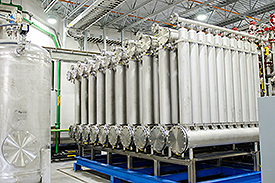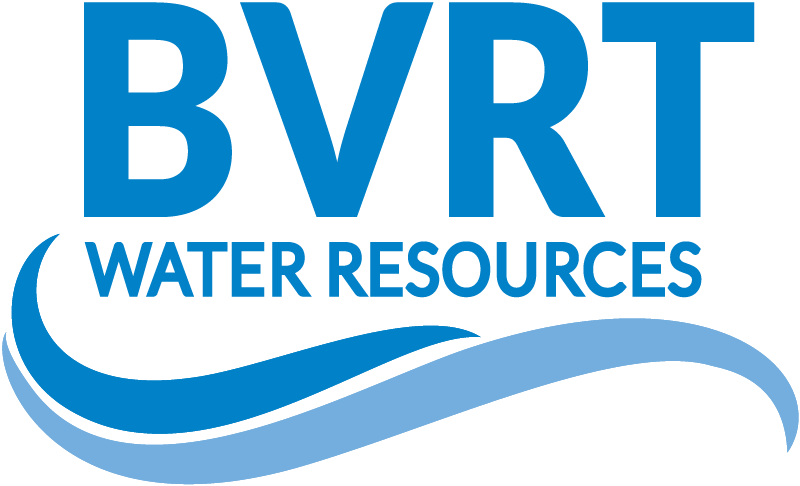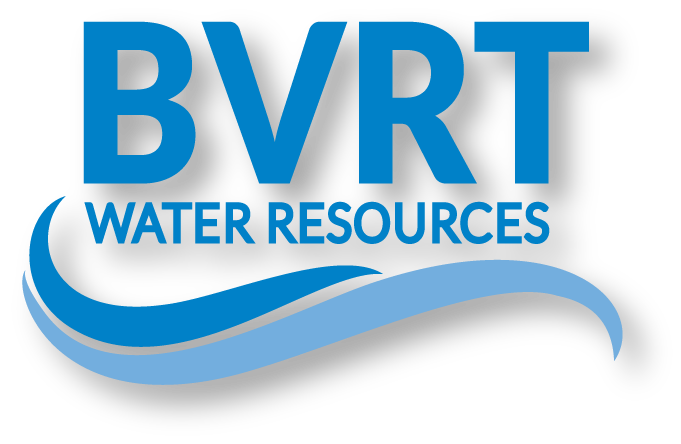Water Treatment Plant Debuts Gravity-Flow Ceramic Membranes
Basin Creek Water Treatment Plant installed the first gravity-flow ceramic membrane system in the United States. The facility’s 99.95 percent backwash recovery rate, well above the typical 85–95 percent recovery rate, means less waste generation.
The mining city of Butte, Mont., experienced a decline in water quality that led it to seek an advanced water treatment technology to produce safe drinking water in the wake of a large-scale snowmelt in 2011. The city and county of Butte–Silver Bow chose a gravity-flow ceramic membrane filtration system—the first such US installation—for its Basin Creek Water Treatment Plant (WTP). Common in Japan and Europe, ceramic membranes compare favorably to polymer membranes, offering greater durability, greater chemical resistance, and longer life expectancy, with a 20-year filter warranty. In polymer membrane systems for drinking water filtration, chemical clean-in-place (CIP) processes are done monthly, whereas the CIP interval for ceramic filters is only every six months. Less CIP frequency means decreased chemical usage, fewer required staff, and reduced energy use associated with heating chemicals and pumping. Designers focused on enabling complete gravity flow in the WTP’s design to save energy in all phases of the treatment train, from conveying raw water into the WTP to filtering it and distributing finished water. The flow is controlled by the interplay between plant hydraulics and the demand for water in the distribution system. This unique treat-on-demand system minimizes the need for pumping water into the distribution system and has saved the community millions of dollars by eliminating the need for additional storage facilities.
– ————-
————-
Original article from American Water Works Association Opflow February 2018 issue

